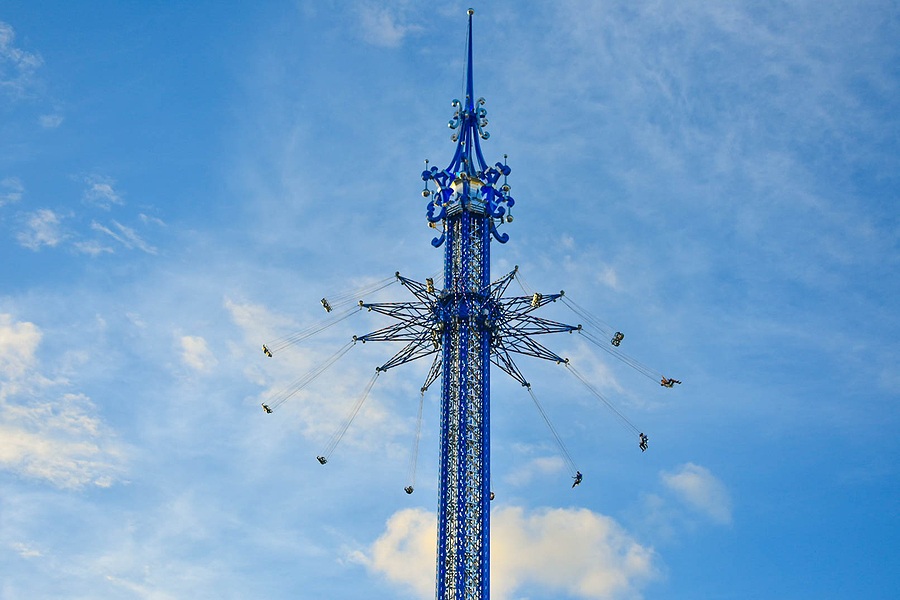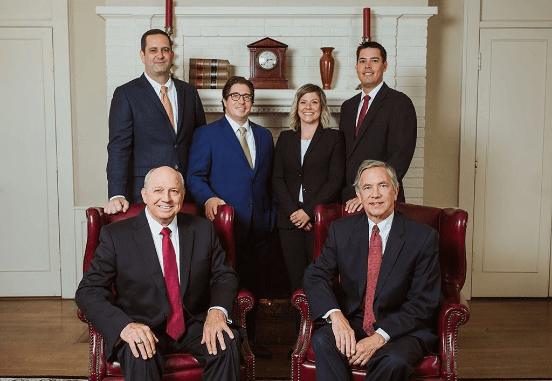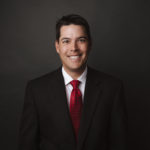
Tragedy occurred at another Orlando theme park, ICON Park, when a 21-year-old worker fell to his death while inspecting the park’s StarFlyer attraction. The incident happened before the park opened early Monday morning and is being investigated by Orange County authorities.
The StarFlyer is a 450-foot-tall swing ride at ICON Park. It originally opened in 2018 and has been dubbed the world’s tallest swing ride. The ride allows passengers to sit in one of 24 seats. While in operation, the ride goes up and down the 450-foot-tall tower and spins its riders up in the air at a speed of approximately 45 mph.
According to reports, the worker was climbing up the tower portion of the ride to conduct a routine safety check. While he was climbing up the tower, he fell backwards onto an elevated interior platform below. Orange County authorities estimate that his fall was between 50 and 60 feet.
A call was made to the Orange County Fire Rescue at 7:40 a.m., shortly after the fall occurred. Authorities reported that the man was found lifeless on the platform when they arrived. The man was pronounced dead upon arrival at the hospital.
The StarFlyer ride is now closed indefinitely, pending an investigation by the Orange County Sheriff’s Office and OSHA.
Third-Party Liability
When it comes to injuries while on the job, workers’ compensation claims can compensate an injured employee for his or her injuries, but the worker can also pursue a legal claim for damages against the third-party who caused the injury. Florida law calls this third-party liability where a person’s injury is caused by another person or entity’s negligence or reckless actions. For example, someone working in construction may be on the road, heading to a job site, when his or her vehicle is struck by a drunk driver.
Even though the person is on the road due to a job, that person’s injuries can be compensated not only by workers’ compensation but also by the drunk driver who caused the accident. Another example would be if an independent contractor who is working alongside a person working in construction or manufacturing does something that is reckless or negligent and injures the construction worker. In this situation, the injured employee not only has a workers’ compensation claim but also a claim against the liability insurance of the person who is at-fault.
In these situations, it is important that the injured party proves that the third-party was negligent and at fault, which requires proof of duty of care, breach of duty, causation, and damages. If the person is successful, he or she can receive compensation for injuries from this third-party individual or entity. This compensation could come from the at-fault party’s liability insurance. Additionally, it could come from the injured party’s uninsured motorist or personal injury protection coverage. The injured party may attempt to sue his or her employer personally for injuries, but these types of awards are rare. Proceeding with workers’ compensation on top of a third-party liability claim is normally the best course of action.
Workplace injuries can be particularly catastrophic and traumatic for the injured employee, as well as his or her family. Often employees who fall victim to workplace injuries are forced to bring suit to recover workers’ compensation benefits for their injuries, lost wages, or the negligence on the part of their employers. At Wooten, Kimbrough, Damaso & Dennis, P.A. our personal injury attorneys have been defending the rights of injured workers and their families since 1966.

Legally Written and Reviewed by a Managing Partner
Wooten, Kimbrough, Damaso, and Dennis, P.A.
Our content is written and reviewed by our founding attorneys Butch Wooten, Orman Kimbrough, Mike Damaso, and Tom Dennis. Helping the injured since 1966, they’ve successfully handled thousands of personal injury cases across Florida. Whether you’re a Florida resident or an out-of-state visitor injured in Florida, we’re dedicated to providing clear and reliable information to help you navigate your legal options confidently.




